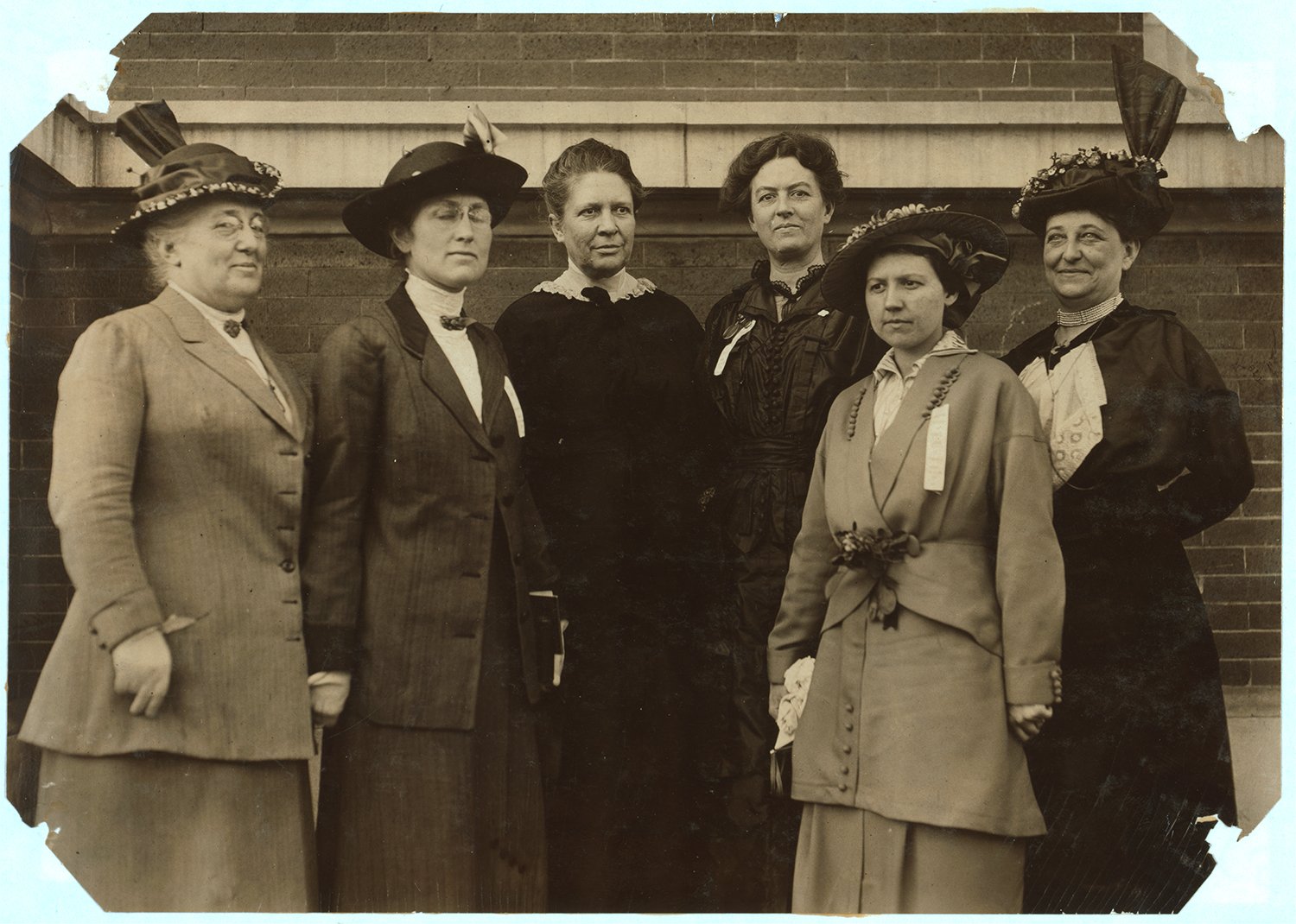The Long Endeavor: The Early Fight Against Fast Fashion at the Hull-House Settlement
/Look at the clothing you are currently wearing. Do you know where it was made? Can you trace the fiber’s path from its origin to your wardrobe? Most people in the United States likely could not—a reality in an age of fast fashion. Explained by Ethical Consumer, “‘Fast fashion’ is ‘fast’ in a number of senses: the changes in fashion are fast, the rate of production is fast; the customer’s decision to purchase is fast; delivery is fast; and garments are worn fast—usually only a few times before being discarded.” But the push for faster fashion—and associated practices, especially exploitation of workers in the garment industry—is not new. While the term “fast fashion” wasn’t used until 1990 in the New York Times, the garment industry began adopting “fast” manufacturing in the Industrial Revolution.
Read More
















